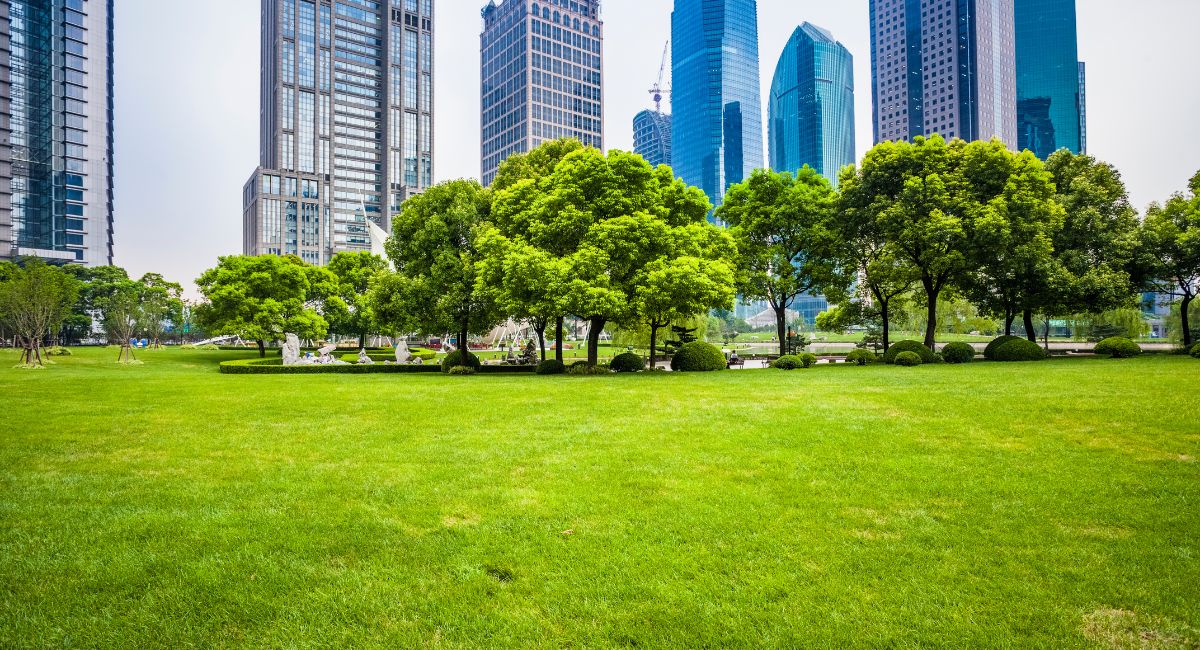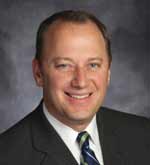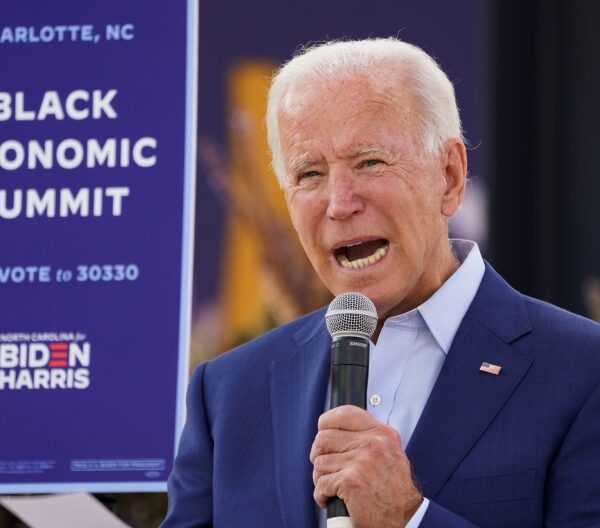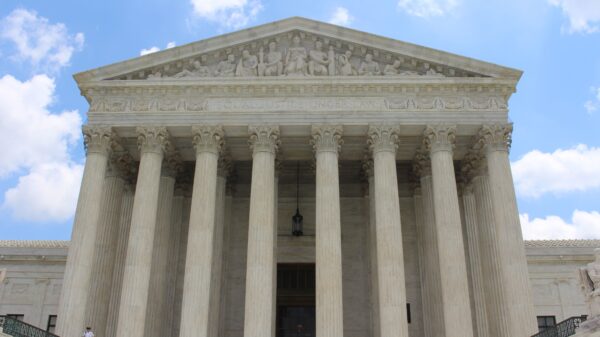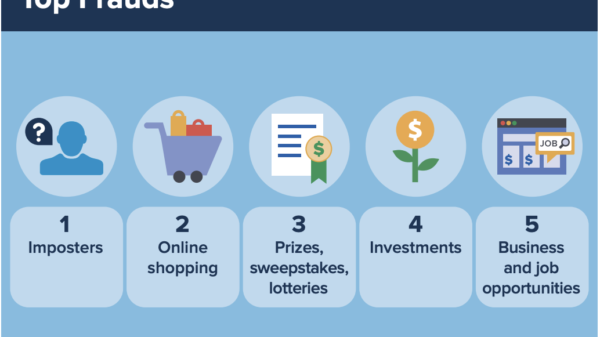In a recent briefing by Ethnic Media Services (EMS) titled “How Green is My City? How Trees and Parks Add Years to Longevity,” experts explored the critical nexus between urban greening, tree canopy, and park space, shedding light on their profound impact on public health and longevity, with a specific focus on Los Angeles.
The traditional association of Los Angeles with freeways and palm trees has evolved into a new understanding of the pivotal role of green spaces in the context of climate change. The briefing underscored the shift from viewing trees and parks solely as aesthetic elements to recognizing them as essential components for community well-being and, ultimately, the survival of the planet.
Facilitated by a panel of distinguished experts, including Michael Jerrett, Professor at UCLA Department of Environmental Health Sciences and Co-Director of the Center for Healthy Climate Solutions, the discussion began with Professor Jerrett emphasizing the power of community-based research. He addressed disparities in green space and park access, particularly in lower-income areas with larger populations of Black, Latinx, and Asian residents.
Professor Jerrett presented research findings from UCLA’s Fielding School of Public Health, revealing that strategically increasing urban greening and park space, especially in areas lacking green infrastructure, could potentially contribute nearly a million additional years to life expectancy across Los Angeles County. Such initiatives were also shown to significantly improve the quality of life for low-income residents of color.
The conversation delved into the scientific underpinnings of the positive impact of green spaces on human health, drawing on theories such as E.O. Wilson’s biophilia concept and environmental psychologist Roger Ulrich’s stress reduction theory. The experts highlighted the inherent connection between humans and nature, emphasizing the myriad health benefits derived from exposure to nature, including parks, trees, and coastal areas.
The research findings underscored the uneven distribution of parks and green spaces, correlating with disparities in life expectancy. The panelists emphasized the urgency of enhancing parks in areas lacking green space, particularly in economically disadvantaged neighborhoods.
Professor Jerrett’s statistical models consistently demonstrated associations between tree canopy, green space, and increased life expectancy. Notably, the impact of parks on life expectancy was found to be more significant in areas with limited existing green space or tree canopy.
While the individual impact on life expectancy may appear modest, the cumulative effect on the vast population of Los Angeles County was staggering—an addition of more than 171 years of life expectancy. These findings underscore the environmental justice implications, with underserved neighborhoods, predominantly inhabited by Black and Latinx residents, standing to gain the most from improvements in parks and green spaces.
In essence, the EMS briefing provided invaluable insights into the tangible benefits of urban greening and the pivotal role of trees and parks in promoting public health and longevity. The call to action extends beyond Los Angeles, serving as a model for other cities to address disparities, enhance green spaces, and create healthier, more equitable communities.
Rachel Malarich, the City Forest Officer for the City of Los Angeles, offered crucial insights into the city’s initiatives to bolster its urban forest. In her role since 2019, Malarich oversees the Office of Forest Management within the Board of Public Works, playing a pivotal role in ensuring policies and practices that foster a healthier tree canopy across the city.
Acknowledging the significance of Dr. Jarrett’s preceding presentation, Malarich emphasized the vital role of trees for the well-being of the city’s residents. She introduced the four pillars of urban forest management that guide their efforts: planting, maintenance, preservation, and engagement.
Planting: Malarich stressed that while planting more trees is a common notion, it is only one aspect of a comprehensive strategy. The city aims not just to plant trees but to strategically plan where to plant them to maximize their benefits.
Maintenance: Caring for existing trees is crucial. Malarich highlighted the need to focus on the well-being of street trees and those in parks to ensure they live their full lifespan and continue to provide benefits.
Preservation: The preservation pillar focuses on maintaining existing trees during new construction and development, striking a balance between urban development and preserving valuable green spaces.
Engagement: Recognizing that residents play a crucial role in the urban forest, Malarich emphasized the importance of community engagement. She highlighted that people often have strong opinions about trees in their neighborhoods, making engagement a key factor in successful urban forest management.
Malarich provided insights into the ongoing development of the city’s first Urban Forest Management Plan (UFMP), set to be completed by 2025. This plan will serve as a roadmap for achieving a healthier urban forest, incorporating research to guide decision-making and gathering community input to shape projects.
Additionally, Malarich shared details about the upcoming community engagement campaign, slated for January, which will involve workshops and surveys to understand residents’ perspectives on trees and green spaces. This initiative aligns with the city’s commitment to inclusivity and responsiveness to community needs.
A noteworthy aspect of Malarich’s presentation was the collaboration with Los Angeles County in developing their respective urban forest management plans. By working together, the city and county aim to apply best practices regionally, share information, and avoid duplicative efforts.
Lastly, Malarich emphasized the importance of equity in tree canopy distribution. Recognizing the disparities highlighted by Dr. Jarrett, the city is actively working on an equity strategy within the UFMP. This involves partnering with organizations like the Urban Forest Equity Collective and USC’s Urban Trees Initiative to address distributional, recognitional, and procedural equity.
Rachel Malarich’s presentation provided a comprehensive overview of the City of Los Angeles’ initiatives to enhance its urban forest. From strategic planning and community engagement to equity considerations, the city’s approach exemplifies a holistic and inclusive strategy for a healthier and more resilient Los Angeles.
Marcos Trinidad, Senior Director of Forestry at TreePeople, contributed insights into the organization’s pivotal role in advancing the city’s urban forestry initiatives. TreePeople, celebrating its fiftieth year, has been a pioneer in encouraging personal responsibility for tree planting, fostering a grassroots movement in Los Angeles.
Trinidad highlighted the organization’s shift toward a more strategic and holistic approach. Recognizing the pressing issues associated with climate change and the unique needs of communities, TreePeople has transitioned from a general focus on tree planting to a targeted strategy. Through extensive mapping, the organization has identified priority areas, such as the Northeast Valley and Southeast LA, where the need for trees is most critical.
In collaboration with local nonprofits and the city, TreePeople aims not only to plant trees but to bring comprehensive opportunities to the communities. This includes job creation, environmental education, and community engagement to ensure lasting impacts. Trinidad emphasized the importance of addressing community priorities and providing a more holistic approach to urban forestry.
Trinidad touched upon the concept of privilege associated with tree canopy coverage. He expressed the organization’s commitment to bringing the joy of waking up and thinking about which bird or tree to experience to all communities, not just those with existing privileges.
As TreePeople evolves, Trinidad highlighted the transition from a volunteer-centric model to a hybrid model that incorporates workforce development. This shift reflects the organization’s commitment to paying individuals for their contributions to urban forestry, ensuring sustainability and supporting best practices.
In addition to its work in Los Angeles County, TreePeople is actively sharing its processes and strategies with other regions, including the Inland Empire and Antelope Valley. Trinidad underscored the importance of sharing knowledge and experiences to create sustainable urban forests beyond city boundaries.
Responding to a question about palm trees and their impact on bird populations, Trinidad acknowledged the specific ecological niche that palms fill. While he stressed the importance of preserving proper tree canopies, he noted that palms do provide essential services for certain bird species. Trinidad encouraged a nuanced approach, emphasizing the value of diversity in tree species and their contribution to urban biodiversity.
Marcos Trinidad’s insights provided a comprehensive understanding of TreePeople’s role in advancing urban forestry in Los Angeles. From targeted tree planting to holistic community engagement, the organization exemplifies a multifaceted and inclusive approach to building a resilient and sustainable urban forest.
Bz Zhang, Project Manager at the Los Angeles Neighborhood Land Trust, offered valuable insights into the organization’s efforts in addressing park equity and environmental justice issues. As a nonprofit in operation since 2002, the LA Neighborhood Land Trust has played a crucial role in creating public green spaces, including 30 parks and gardens that collectively span 21 acres and serve over half a million LA County residents.
Bz emphasized the importance of approaching park development from an equity and justice lens. Highlighting data from the Trust for Public Land’s Park Score Index, Bz discussed the disparities in park access, particularly for non-white and lower-income communities. With Los Angeles ranking eightieth out of 100 in the Park Score Index, there is a clear need for intentional efforts to create public green spaces that cater to the needs of historically marginalized communities.
The LA Neighborhood Land Trust focuses on three core pillars: community engagement advocacy, park design and development, and park and garden stewardship. Bz elaborated on each pillar, providing a comprehensive overview of the organization’s multifaceted approach.
In terms of stewardship, Bz discussed the practice of hiring park stewards from within each neighborhood where the parks and gardens are located. These stewards, part-time employees working approximately 10 hours a week, play a vital role in strengthening community connections and ensuring the sustainable maintenance of public green spaces.
The organization also places a strong emphasis on youth engagement, operating the Garden Apprenticeship Program (GAP) since 2013. This program has worked with over 350 students, empowering them with leadership skills and a deep understanding of park equity and food sovereignty.
Bz shared insights into park design and development, emphasizing the importance of collaboration. The LA Neighborhood Land Trust collaborates with various partners, including other nonprofits, municipalities, and community-based organizations. Notable projects include the South LA ECO Lab and the Link program, which brings together organizations with technical expertise and community-based organizations to address park equity.
Lastly, Bz discussed the significance of community engagement and advocacy. The organization actively participates in coalitions such as the LA Living Schoolyards Coalition and Larosa, advocating for equitable park development and combating green gentrification. Bz underscored the need for continuous advocacy to ensure that communities impacted by environmental injustice have access to high-quality parks.
Bz Zhang’s presentation provided a comprehensive overview of the LA Neighborhood Land Trust’s commitment to creating equitable, accessible, and sustainable public green spaces in Los Angeles County.
Jon Christensen, Adjunct Assistant Professor at UCLA Institute of the Environment, Luskin Center for Innovation, and Laboratory for Environmental Narrative Strategies, expressed gratitude to all participants for engaging in the crucial subject of urban greening and environmental justice.
Reflecting on Michael Jarrett’s presentation, Jon noted the evolving nature of human habitats, emphasizing that over half of the global population resides in cities as of 2007, with an anticipated increase to 70% by 2050. Urban ecosystems have become a significant area of research across various disciplines, including the sciences, social sciences, humanities, and policy.
Jon highlighted the importance of understanding cities as complex ecosystems and investing in their resilience to climate change for the well-being of human beings and other species. Moreover, he underscored the role of inequities in shaping the urban environment, emphasizing the need for justice to address and rectify these inequities.
The discussion shifted to Los Angeles being a laboratory for understanding urban ecosystems, inequities, and solutions. Jon commended the panelists for their contributions, citing examples such as prioritizing communities of highest need, community-based organizations building power, and equitable community development strategies to prevent displacement due to green gentrification.
With billions of dollars being invested in urban greening nationally and in California, Jon pointed out that a significant portion of this funding, approximately $100 billion, is dedicated to green infrastructure, climate resilience, and adaptation. He emphasized the importance of prioritizing the most disadvantaged communities through initiatives like Justice 40.
Jon encouraged media professionals to tell stories that highlight the positive impacts of these investments on communities, leveraging their power to ensure that the most vulnerable populations benefit from such initiatives. He also announced UCLA’s commitment to support these efforts through research, analysis, and connections to sources, particularly through a year-long collaboration with ethnic media services focused on urban greening.
In conclusion, Jon urged media professionals to consider UCLA as a resource for stories related to urban greening, health, and environmental justice in Los Angeles, California, the United States, and globally. The Laboratory for Environmental Narrative Strategies will provide sidebars that can be used in media coverage, fostering a collaborative effort to raise awareness about the importance of urban greening.
#UrbanGreening #CityLife #ParkEquity #EnvironmentalJustice #SustainableCities #TreeCanopy #PublicHealth #CommunityWellBeing #GreenSpaces #ClimateResilience #EquitableParks #

